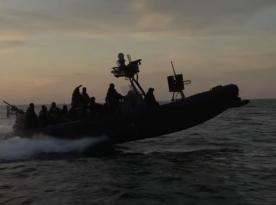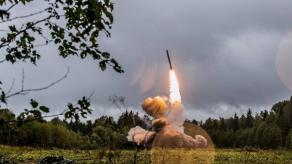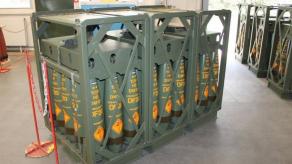WotR: russia Can Lose in Ukraine and Still Come Out on Top — With 1,500 Tanks, 3,000 AFVs Expected to Replenish Army in 2025
Despite heavy losses in Ukraine, russia retains a strategic advantage over the West, War on the Rocks reports. U.S. General Christopher Cavoli said Moscow expects to field 1,500 tanks and 3,000 armored vehicles in 2025 — enough to sustain high-intensity war for years. Analysts note that russia’s economy is outpacing Europe’s and that its military can absorb far greater losses than Ukraine while maintaining combat power.
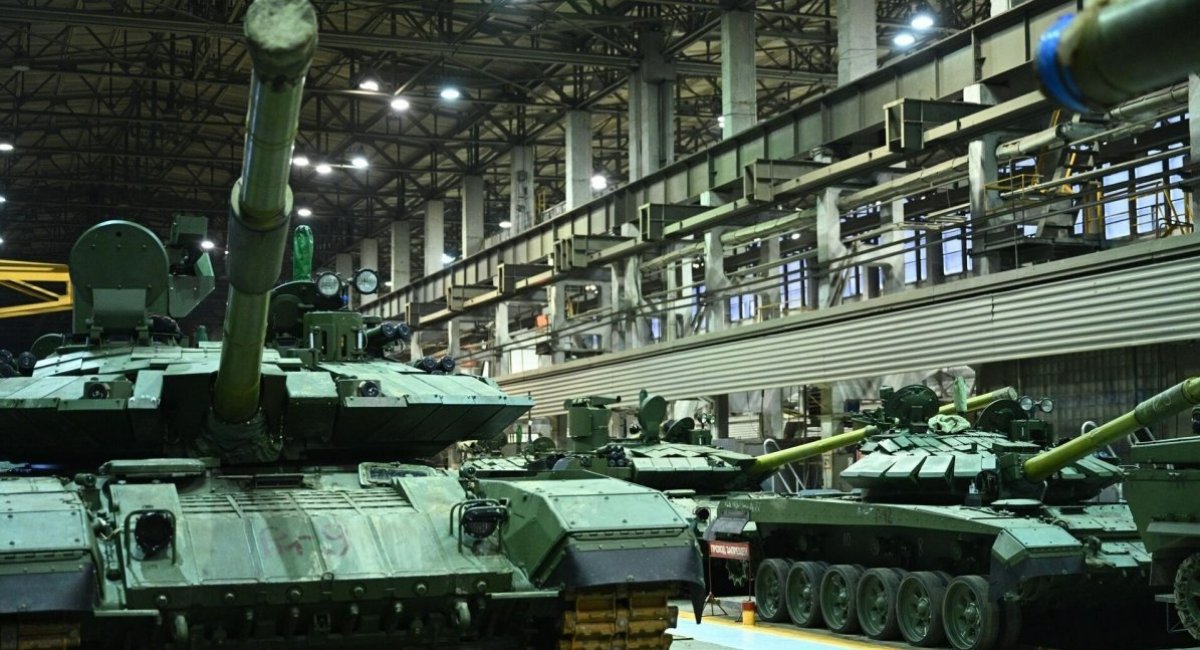
Half-Built Weapons: russia Deploys Incomplete Drones in Combat
russian forces have reportedly enhanced the range of their fully autonomous kamikaze drones to 100 kilometers, a significant leap from the previous 30 km. These drones now incorporate machine vision algorithms that allow them to independently detect and strike targets, even in the face of radio signal jamming. However, according to Ukrainian defenders, the increased range doesn't always translate into effectiveness on the battlefield.
Read more: Defense Express’ Weekly Review: Ukrainian FPV Drone Ambush on russian Ka-52 Helicopter, Kamikaze Strike on the Garmon Radar, Ukrainian F-16 Incident, and U.S. Intel on russian Missile Arsenal
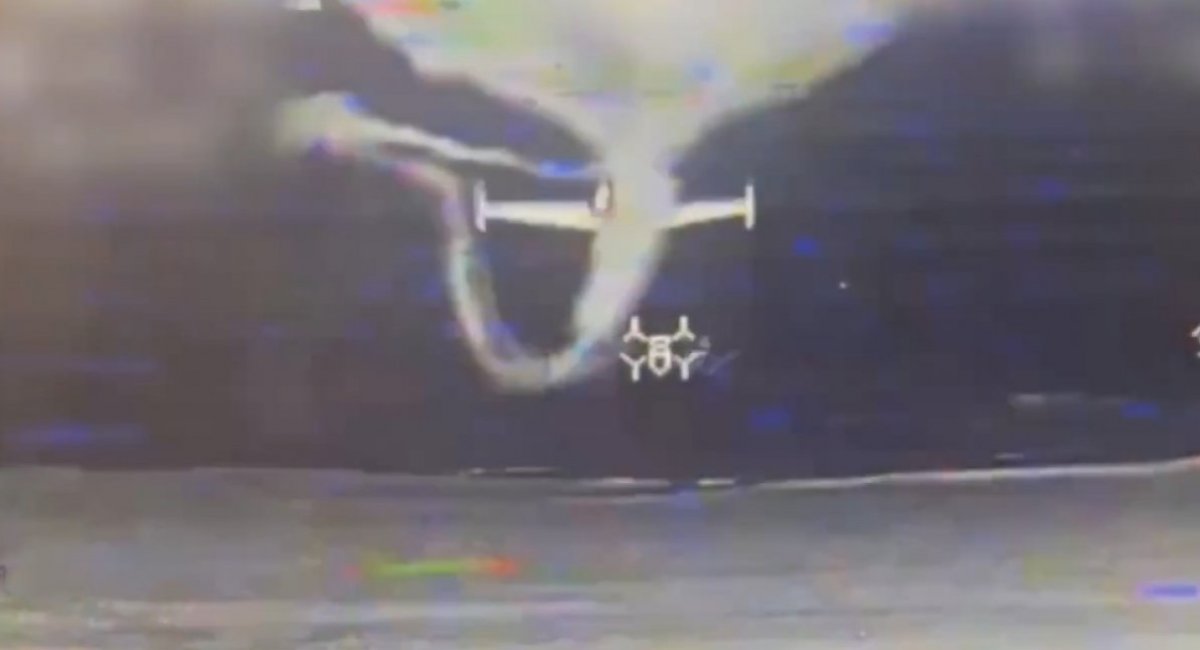
Facing russia Alone: U.S. Withdrawal Would Force Europe to Acquire 400 Fighter Jets, 600 Tanks, and $300 Billion in Additional Arms
If the U.S. withdrew from European defense, European nations would need to spend up to $1 trillion to fill the gap, according to the IISS. At least $344 billion would go toward weapons alone, including 400 fighter jets and 600 tanks, but even such spending wouldn't fix Europe’s core defense challenges.

Leaked Documents Reveal russian Plans For Tu-95MS, Tu-160, and Tu-22M3 Modernizations, With Numbers and Costs
Intercepted russian paperwork reveals which factories are handling capital repairs of Tu-95MS bombers, how many Tu-160s are currently undergoing refurbishment, and the number of Tu-22M3s slated for modernization.

A new investigation by U.S. Dallas private analytics and reconnaissance company highlights the Kremlin’s continued prioritization of strategic aviation, with significant resources allocated to sustain and expand its long-range bomber fleet.
Up to 20 North Korean MiG-29 Fighters Modified to Launch AIM-120 Analog: Who's Behind It?
North Korean media released footage of Kim Jong-un inspecting an air base with MiG-29 fighters and Su-25 attack aircraft. Notably, an air-to-air missile resembling the U.S. AIM-120 AMRAAM was shown mounted and later launched from a MiG-29 — marking a significant upgrade.


This suggests foreign assistance, likely from russia or China, though the details of the technology transfer remain unclear.
IISS: russia Could Have 3,300 Tanks By 2027 But There's a Catch
London-based International Institute for Strategic Studies (IISS) has published a study of Europe's capability to defend itself against the backdrop of the United States' shift of priorities towards Indo-Pacific interests.
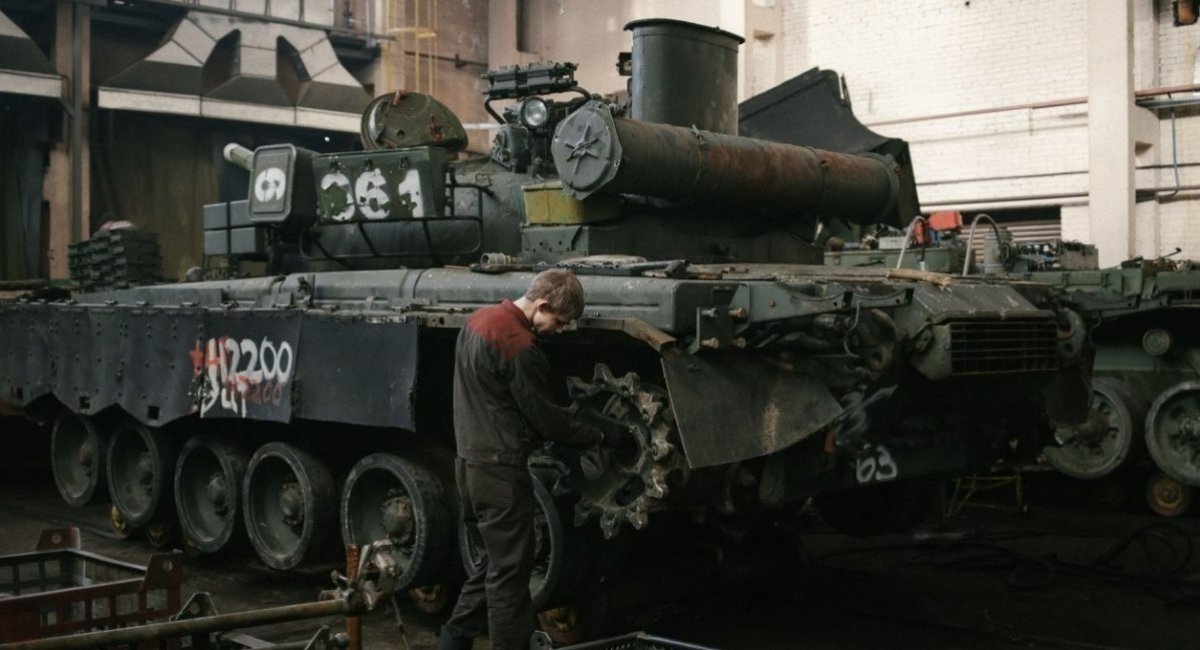
For that, European countries would need to spend an additional $1 billion to offset a full U.S. withdrawal from the continent. However, the insights in this report cover much broader aspects like russia's capacity to accumulate military strength for an attack on Europe in the future.
Eleven Years in Repair, russia's Kalibr and Zircon Missile Carrier is Still Nowhere Near Completion
A recently published photo in russian media has revealed that the Admiral Chabanenko destroyer remains stuck in an incomplete repair phase with no armaments visible, despite official plans for it to return to service in 2025.
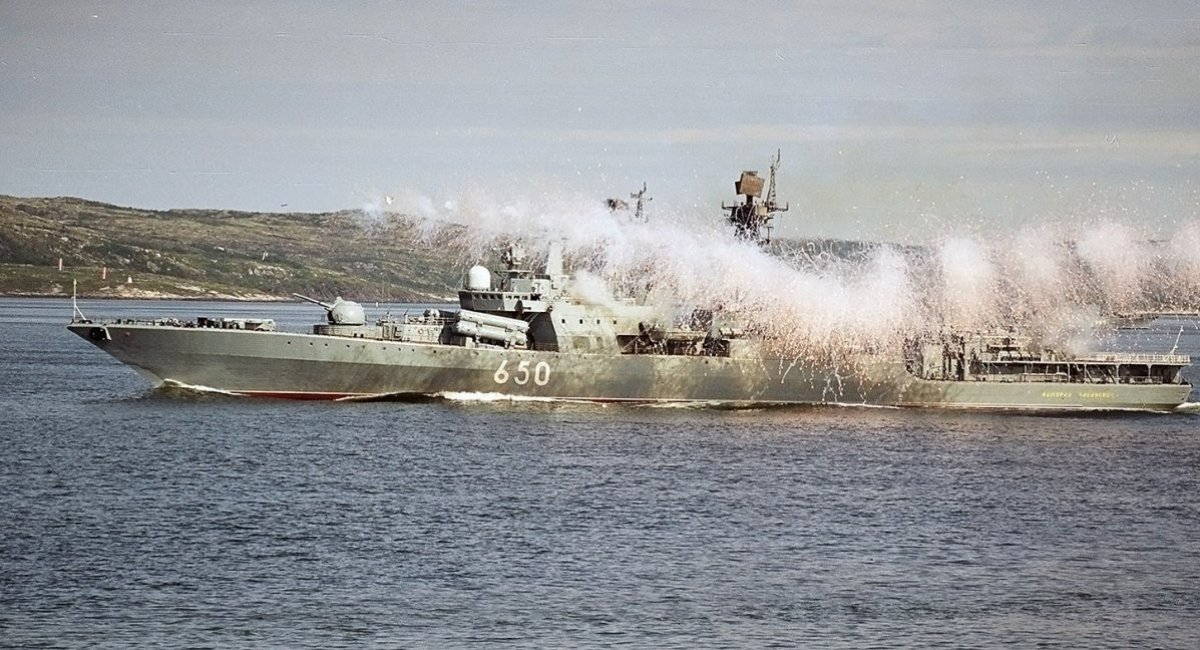
That even a relatively modest project like the Chabanenko’s upgrade is now years behind schedule indicates deeper structural issues within russia’s naval shipbuilding and maintenance systems.
Read more: Defense Express' Weekly Review: Ukraine's $5K Drone Interceptors Prove Game-Changer in Air Defense, Massive Strike Hits Crimea, France Confirms CAESAR's High Survivability, the U.S. Sends Mixed Signals






